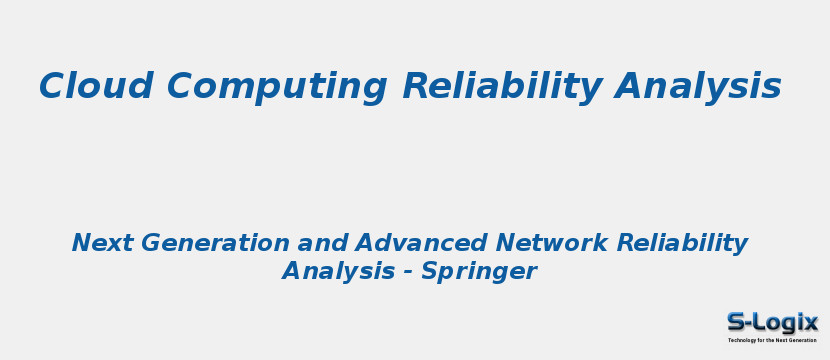Research Area: Cloud Security
A purely IT infrastructure requires a myriad number of components for its functionality and in a large system duplication of components increases the cost of operability and maintainability. The main impact is also on system reliability since complex sets of tools are required to maintain such a system. Cloud computing provides a more unified infrastructure not only providing higher reliability, maintainability, and infrastructure but at reduced cost. It also provides the operator with computing elasticity that helps them grow or de-grow the cloud based on demand for services. Since clouds can be geo-located, Single Point of Failure (SPOF) can be drastically reduced. Cloud computing introduces different infrastructures covering enhanced virtualization, resource sharing, dynamic resource management in affect making the infrastructure more complex requiring comprehensive methodology to access its reliability. This chapter will cover cloud computing platforms, virtual machines (VMs), and other main characteristics of cloud computing and develop reliability techniques for assessing their reliability. Cloud computing also depends heavily on software-defined network (SDN). Reliability analysis was of SDN covered in an earlier chapter of this book.
Keywords:
Cloud Computing
Reliability Analysis
Single Point Of Failure (SPOF)
Software-defined Networking (SDN)
Dynamic Resource Management
Voice Over IP (VoIP)
Author(s) Name: Syed Riffat Ali
Journal name: Next Generation and Advanced Network Reliability Analysis
Conferrence name:
Publisher name: Springer
DOI: 10.1007/978-3-030-01647-0_6
Volume Information: pp 157–187
